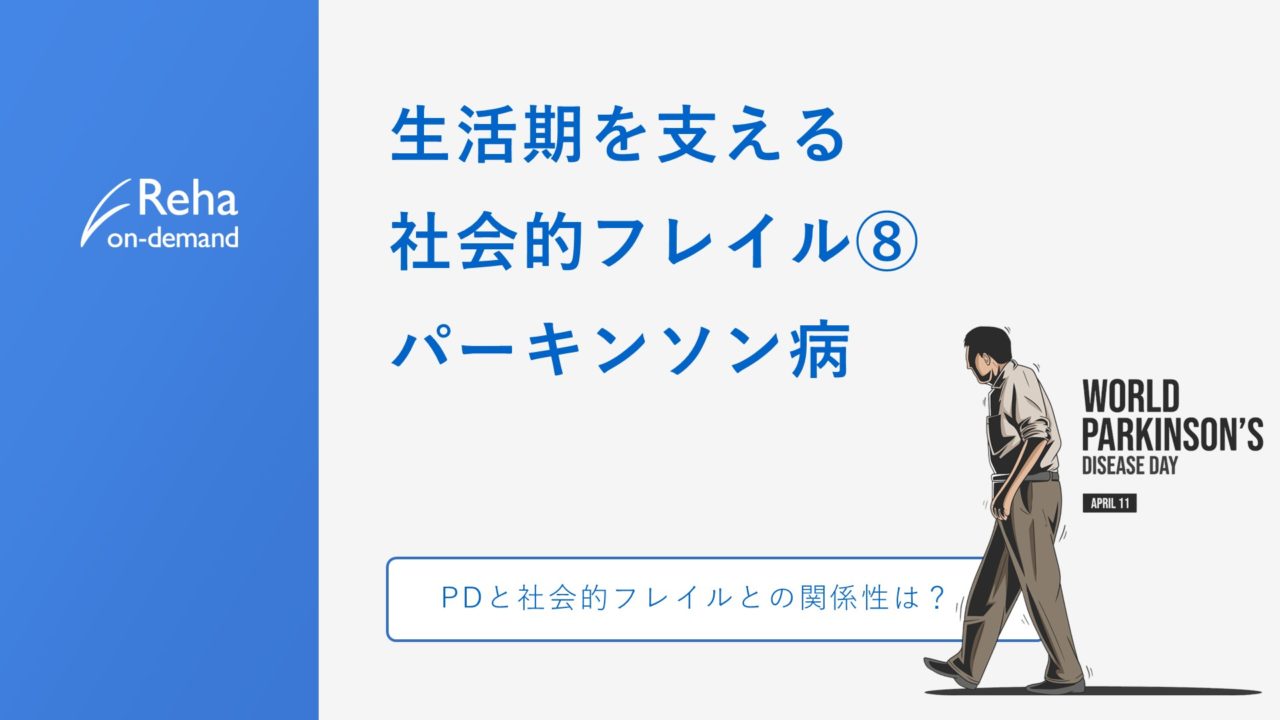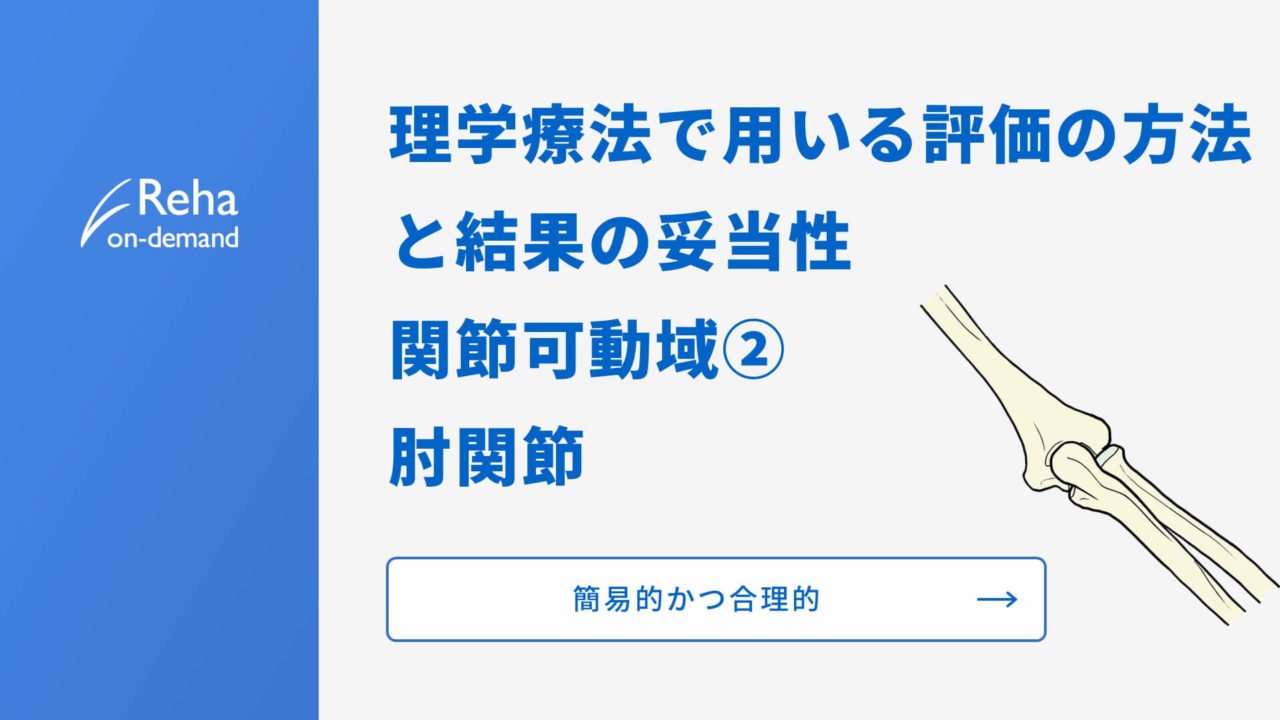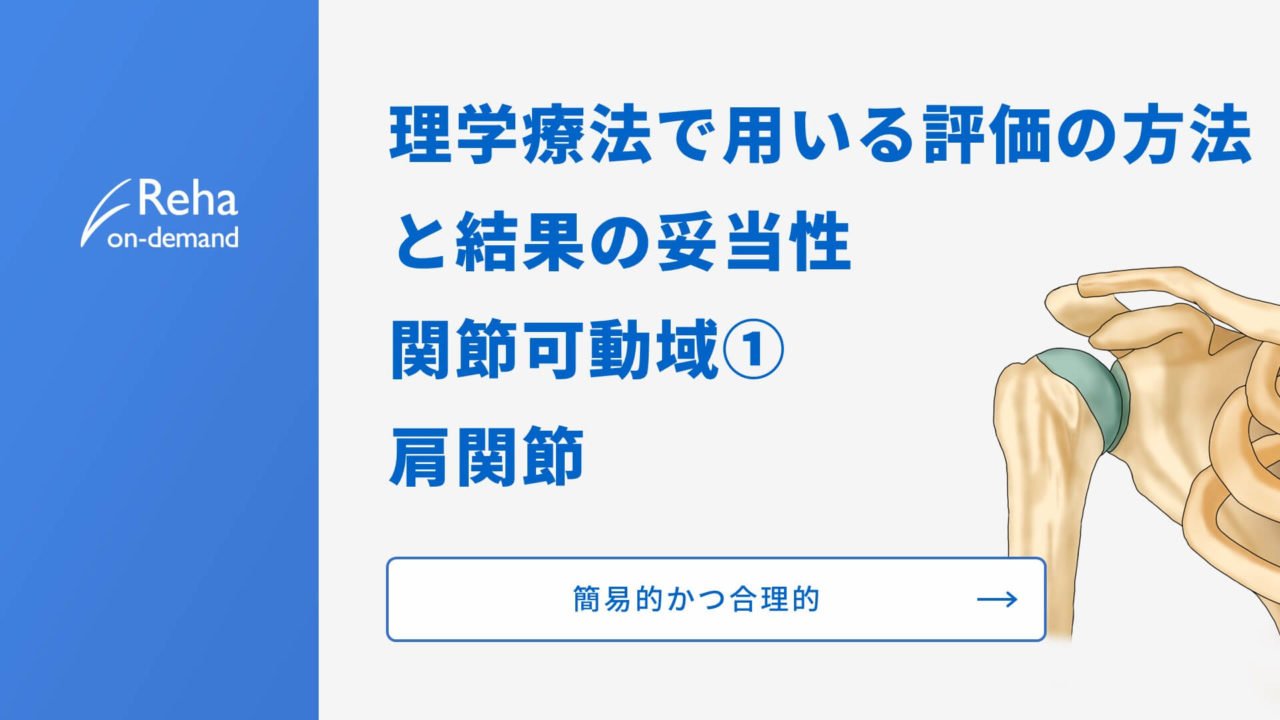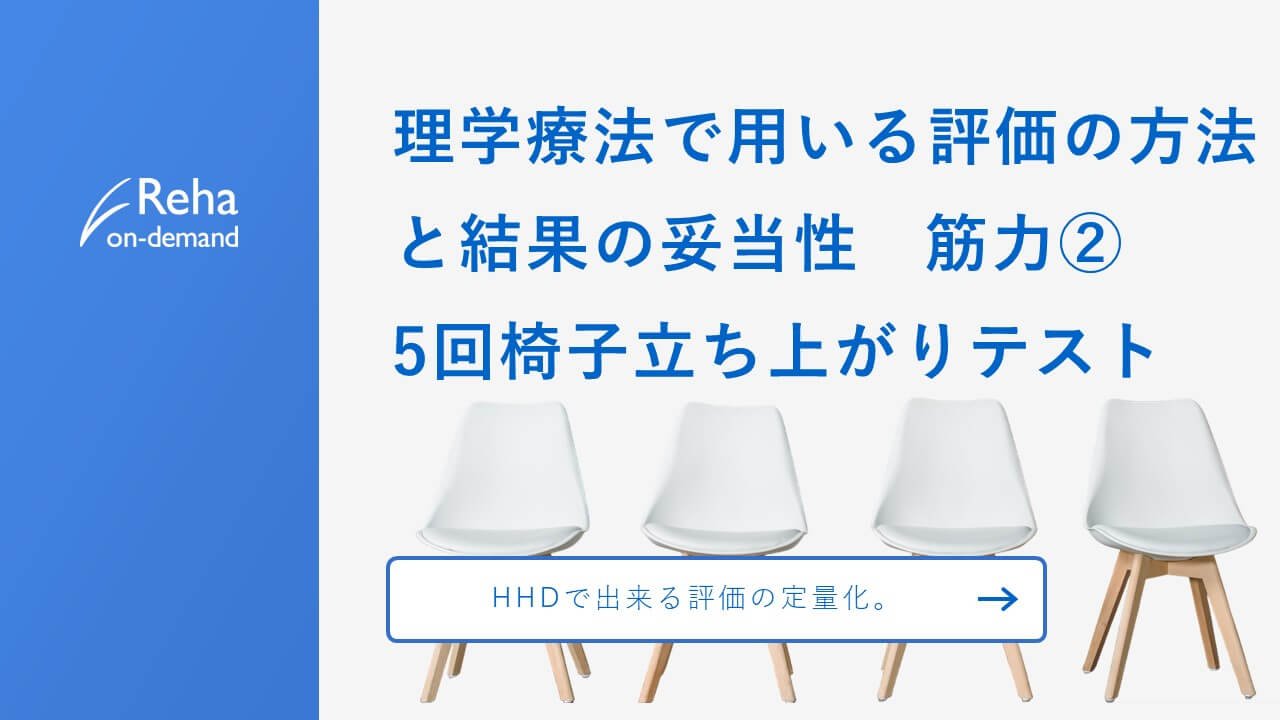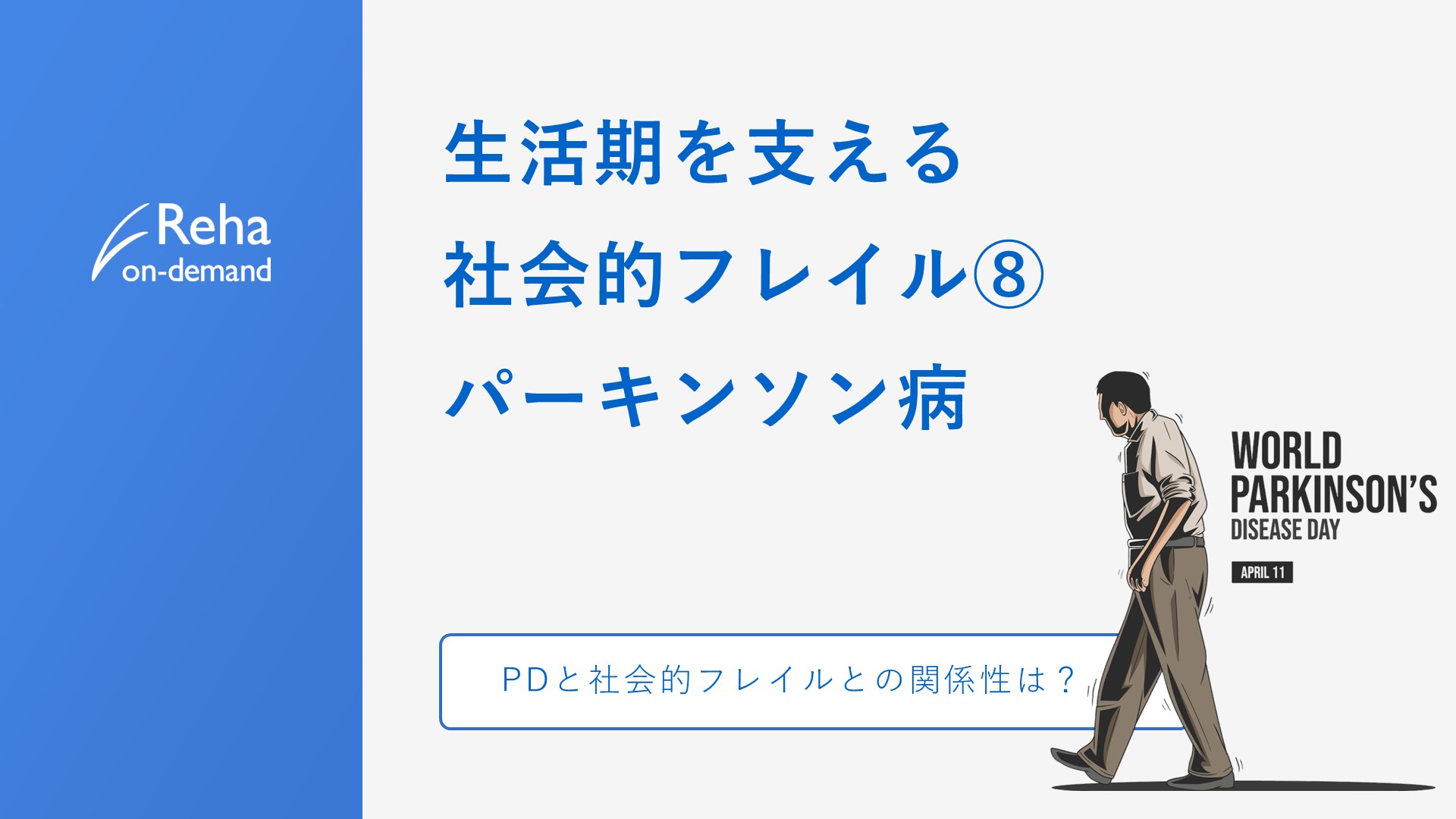Mini-BESTest、バランス、MCID|2023.9.22|最終更新:2023.9.22|理学療法士が執筆・監修しています
序文
前回はBESTestの評価方法とMCID、MDCについてまとめました。今回は、BESTestの短縮版であるMini-BESTestについて見ていきます。Mini-BESTestは、元のBESTestを構成する6セクションのうちの4セクションを採用しており、全部で14項目で構成されています。スコアリングも0-3点から0-2点に修正されており、合計28点(左右測定の場合は低い方を採用)となっています。BESTestよりも臨床で使いやすく、研究でもMini-BESTestの使用が増えています。
|
✅ Mini-BESTestは転倒予測に優れたツール ✅ BESTestよりも評価時間を短縮できる ✅ 意味のある改善には4点前後が必要 |
Mini-BESTestと予後
Mini-BESTestはBESTestと同様に、様々な対象者の転倒リスクを予測するのに優れたツールであることが報告されています。地域在住高齢者を対象とした調査では、60-69歳では25点、70-79歳では23点、80-89歳では22点、90歳以上では17点が転倒リスクのカットオフ値であることが報告されています[1]。70歳以上の健常高齢者を対象とした調査では、12か月間の転倒を予測するカットオフ値は16点で感度85%、特異度75%であり、BESTest、BBS、TUGよりも転倒予測に優れていたことが報告されています[2]。慢性期脳卒中患者を対象とした調査では、転倒を判別するカットオフ値は17.2点で感度64%、特異度64.2%だったことが報告されています[3]。パーキンソン病患者を対象とした調査では、転倒を予測するカットオフ値は21.5点で感度70.7%、特異度55.1%だったことが報告されています[4]。COPD患者を対象とした調査では、12か月間の追跡期間中の転倒を予測するカットオフ値は22.5点で感度84%、特異度73.8%だったことが報告されています[5]。
転倒以外の他の指標との関連性としては、慢性期脳卒中患者を対象とした調査で、歩行による活動可能範囲を予測する因子として、Mini-BESTetsが独立して関連していることが報告されています[6]。また、軽度のアルツハイマー病患者を対象とした調査で、パーキンソニズムの兆候の1つである運動緩慢さ(UPRDRSで評価)とMini-BESTestのスコアが関連していることが報告されています[7]。
このように、Mini-BESTestは転倒を予測するツールとして有用であり、転倒以外の運動指標との関連性も明らかになりつつあります。
Mini-BESTestの評価方法
準備物
- 60×60cm (2×2 ft)で厚さ 4 インチ(10cm)の、中密度、Tempur®素材のブロック
- 10度の傾斜板(2×2フィート(約 60×60cm))
- 肘掛けや車輪のない標準的な椅子
- 肘付きの固定性の高い椅子
- 高さ 9 インチ (23 cm) の箱 (靴箱を 2 つ重ねた程度)
- ストップウォッチ
- 椅子の前方 3 メートルの床に目印(マスキングテープなど)
評価方法
詳細な評価用紙に関しては外部リンクをチェック!(外部リンクはこちら)
採点
- 予測的姿勢制御(項目1-3): /6点
- 反応的姿勢制御(項目4-6): /6点
- 感覚機能(項目7-9): /6点
- 動的歩行(項目10-14): /10点
合計: /28点
MIni-BESTestのMCID、MDC
中枢神経疾患
亜急性期の脳卒中患者を対象とした調査では、患者さんが変化したと感じるMCIDは2.3点で、理学療法士が変化したと感じるMCIDは4.2点だったことが報告されています[8]。
外来リハビリテーションサービスを受けている脳卒中患者を対象とした調査では、患者さんが変化を検出するMCIDは4.2-4.7点、理学療法士が変化を検出するMCIDは4.7-5.3点、全体のMCIDは4-5点だったことが報告されています[9]。
バランスに特化した運動プログラム(週3回×4週間)を受けているパーキンソン病患者さんでは、患者さんが変化を感じるMCIDは3.4-4.0点だったことが報告されています[10]。
運動器疾患
変形性膝関節症に対して人工関節置換術を受けた患者を対象とした調査では、Functional Gait Assessmentによる歩行能力をアンカーとした時のMCIDは1-2点だったことが報告されています[11]。
地域在住高齢者
地域在住高齢者を対象とした調査では、MDCは3.8点だったことが報告されています[12]。
呼吸器疾患
状態が安定している高齢COPD患者を対象とした調査では、MDCは3.3-6.3点だったことが報告されています[13]。
おわりに
今回はMIni-BESTestの評価方法とMCID、MDCについてまとめました。Mini-BESTestは前回のBESTestよりも臨床でも研究でも使いやすいツールだと思います。また、BBSやその他のバランス評価指標と比べても転倒リスクの予測に優れているという報告もあるため、臨床で導入してみてください。
本記事の執筆・監修・編集者
✅記事執筆者(宇野先生)のTwitterはこちら↓↓
地域在住高齢者では、70分/回×週2回×16週間の運動介入を行うと、プレフレイルの46%、フレイルの50%がそれぞれロバストやプレフレイルまで改善したそうです。https://t.co/E0fiqzFPr7
— Isao Uno(宇野勲)@リハ栄養学会2023実行委員長 (@isao_reha_nutri) June 2, 2022
関連する記事
✅ 前回記事はこちら
✅ 栄養に関する人気記事はこちら
あなたにおすすめの記事
参考文献
[1] Magnani, et al. Use of the BESTest and the Mini-BESTest for Fall Risk Prediction in Community-Dwelling Older Adults Between 60 and 102 Years of Age. J Geriatr Phys Ther. 2020 Oct/Dec;43(4):179-184.
[2] Yingyongyudha, et al. The Mini-Balance Evaluation Systems Test (Mini-BESTest) Demonstrates Higher Accuracy in Identifying Older Adult Participants With History of Falls Than Do the BESTest, Berg Balance Scale, or Timed Up and Go Test. J Geriatr Phys Ther. 2016 Apr-Jun;39(2):64-70.
[3] Tsang, et al. Psychometric properties of the Mini-Balance Evaluation Systems Test (Mini-BESTest) in community-dwelling individuals with chronic stroke. Phys Ther. 2013 Aug;93(8):1102-15.
[4] Lopes, et al. The Mini-BESTest is an independent predictor of falls in Parkinson Disease. Braz J Phys Ther. 2020 Sep-Oct;24(5):433-440.
[5] Pereira, et al. The Mini-Balance Evaluation System Test Can Predict Falls in Clinically Stable Outpatients With COPD: A 12-MO PROSPECTIVE COHORT STUDY. J Cardiopulm Rehabil Prev. 2019 Nov;39(6):391-396.
[6] Tashiro, et al. Utility of Dynamic Balance Measurements in Discriminating Community Ambulation Levels Among Individuals with Stroke: A Cross-sectional Study. J Stroke Cerebrovasc Dis. 2020 Apr;29(4):104603.
[7] Tangen, et al. The importance of parkinsonian signs for gait and balance in patients with Alzheimer’s disease of mild degree. Gait Posture. 2017 Jan;51:159-161.
[8] Takeda, et al. The minimal clinically important difference of the mini-balance evaluation systems test in patients with early subacute stroke. Top Stroke Rehabil. 2023 Oct;30(7):672-680.
[9] Beauchamp, et al. A prospective study to establish the minimal clinically important difference of the Mini-BESTest in individuals with stroke. Clin Rehabil. 2021 Aug;35(8):1207-1215.
[10] Godi, et al. Responsiveness and minimal clinically important difference of the Mini-BESTest in patients with Parkinson’s disease. Gait Posture. 2020 Jul;80:14-19.
[11] Chan, et al. Minimal Clinically Important Difference of Four Commonly Used Balance Assessment Tools in Individuals after Total Knee Arthroplasty: A Prospective Cohort Study. PM R. 2020 Mar;12(3):238-245.
[12] Marques, et al. Reliability, Validity, and Ability to Identify Fall Status of the Balance Evaluation Systems Test, Mini-Balance Evaluation Systems Test, and Brief-Balance Evaluation Systems Test in Older People Living in the Community. Arch Phys Med Rehabil. 2016 Dec;97(12):2166-2173.e1.
[13] Jácome, et al. Validity, Reliability, and Ability to Identify Fall Status of the Berg Balance Scale, BESTest, Mini-BESTest, and Brief-BESTest in Patients With COPD. Phys Ther. 2016 Nov;96(11):1807-1815.



